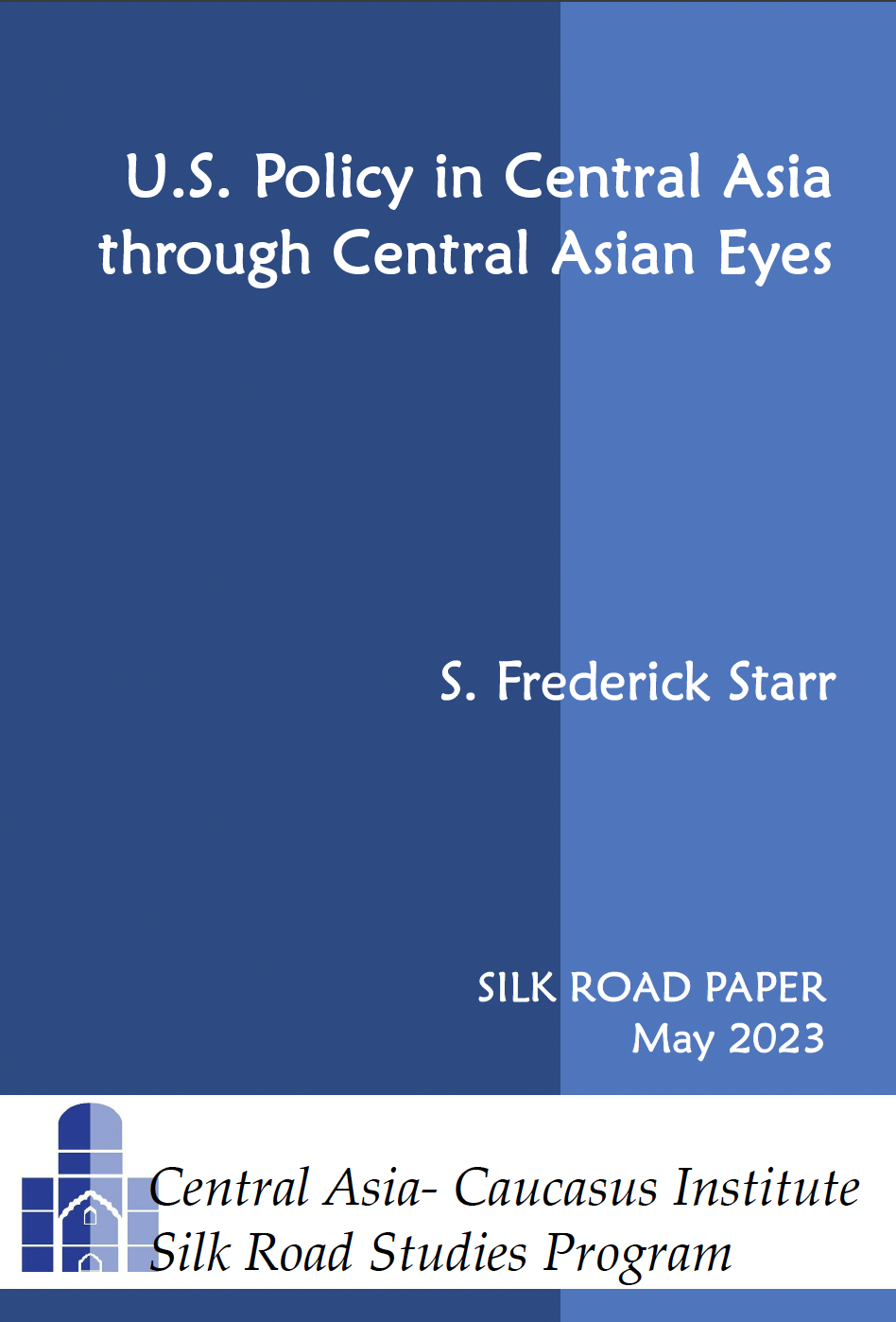Wednesday, 14 January 2004
KAZAKHSTAN’S ECONOMIC PROMISE REVISITED
By Robert M. Cutler (1/14/2004 issue of the CACI Analyst)
BACKGROUND: Real GDP fell throughout the first half of the 1990s in all newly independent states, declining by about half in Kazakhstan. The country was also adversely affected towards the end of the decade by the Asian and Russian crises as well as by fluctuating world market prices for energy. However, Kazakhstan\'s economic performance has significantly improved since late 1999, due partly to capable macroeconomic engineering, partly to the rebound of world energy prices, and partly to spillover effects from energy-sector growth taking hold in the domestic economy.
Wednesday, 17 December 2003
HOW DEMOGRAPHICS WILL IMPACT GEOPOLITICS IN CENTRAL ASIA
By Abraham Cohen (12/17/2003 issue of the CACI Analyst)
BACKGROUND: Since the mid-1970s, countries in both Eastern and Western Europe as well as the Slavic republics of the former USSR (Russia, Ukraine and Belarus) have experienced a steady and accelerating decline in population, leading to aging and a shortage of workforce, especially in low paid and unqualified branches of the economy, as well as increasingly, problems with conscripts to military service. In Western Europe, this led to the migration to Europe of more than fifteen million immigrants, mainly from Turkey, francophone Arab countries and Eastern European countries. Still, the enlarged European Union of 25 members and 350 million people will be in need of millions of new workforce in coming decade in order to sustain the system of social welfare and pensions.
Wednesday, 17 December 2003
HEIGHTENED GEOPOLITICAL COMPETITION OVER THE CAUCASUS?
By Fariz Ismailzade (12/17/2003 issue of the CACI Analyst)
BACKGROUND: Since the collapse of the Soviet Union, Russia and the United States have engaged in a mixture of geopolitical competition and cooperation in the Caucasus region. Considering the region as its own backyard, Russia looked with suspicion to American efforts to engage the newly independent countries of the Caucasus into western military, political and economic institutions. The U.
Wednesday, 17 December 2003
KAZAKHSTAN’S DRAFT MEDIA LAW A SETBACK FOR PRESS FREEDOM
By Olivia Allison (12/17/2003 issue of the CACI Analyst)
BACKGROUND: Media laws were passed in 1991 and 1999, and the latter law was amended in 2001. The Constitution and each media law theoretically guarantee freedom of speech and expression and prohibit censorship, but lawyers, human rights organizations and press freedom/media groups cite a worsening trend for freedom of speech since the 1991 law. Oversight bodies and registration procedures have increased, and prohibitions of the “abuse of freedom,” as well as other limitations on press freedom, remain in the law.


 Silk Road Paper S. Frederick Starr,
Silk Road Paper S. Frederick Starr,  Book Svante E. Cornell, ed., "
Book Svante E. Cornell, ed., "